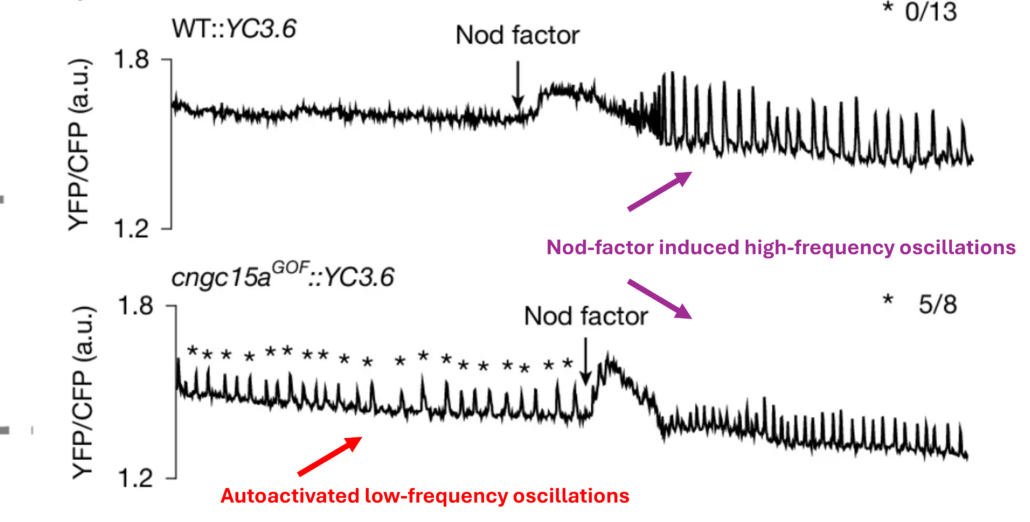
A mutation in a nuclear-membrane localized calcium channel enhances symbiosis
Plant Science Research WeeklyCalcium oscillations are widely employed molecular signals, but how signals are encoded and decoded remains largely unknown. In a new study, Cook et al. investigated mutations in the nuclear envelope-localized calcium channel CNGC15 from the legume Medicago truncatula. This protein normally forms a complex…
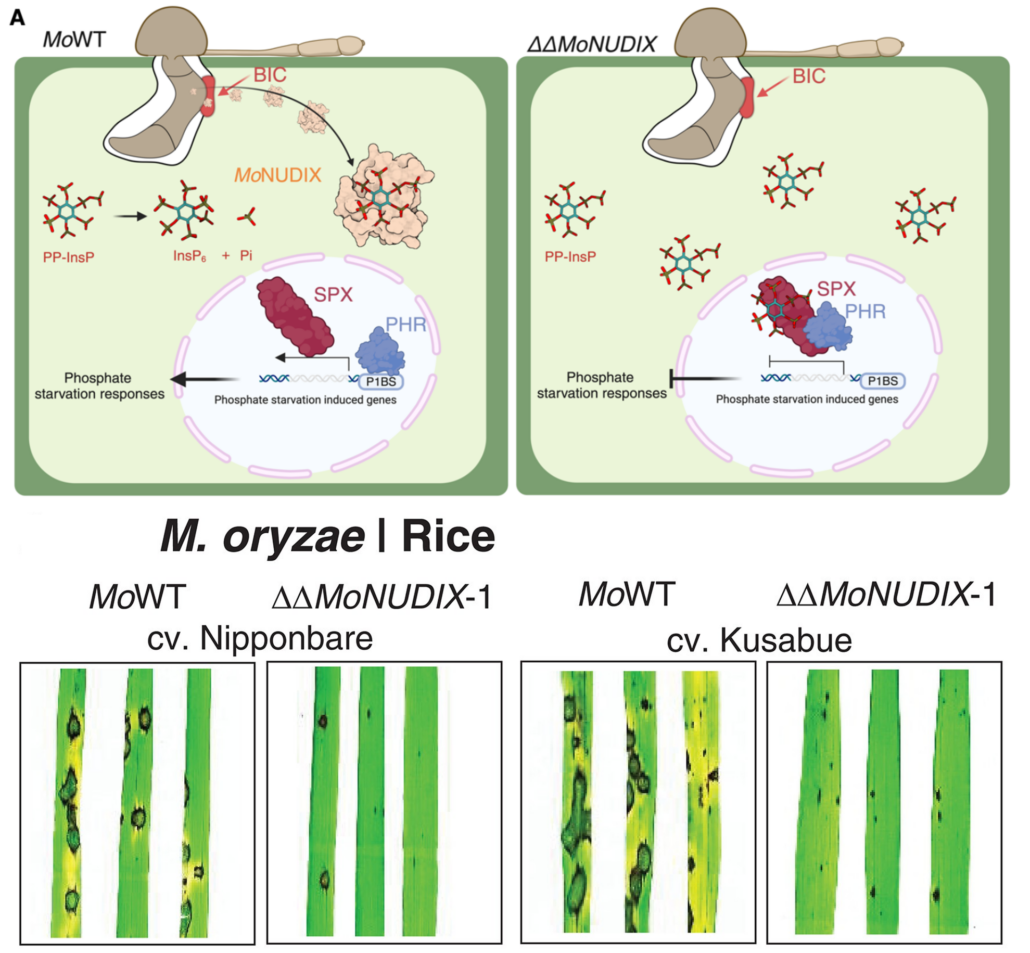
Fungal pathogen hijacks phosphate signaling to promote pathogenicity
Plant Science Research WeeklyWeakening your opponent is an effective way to win a battle. A new paper by McCombe et al. shows that several pathogenic fungi weaken their plant hosts by disrupting their phosphate signaling pathways. Phosphate is indispensable for plant growth, as a component of ATP, nucleotides, phospholipids, and…
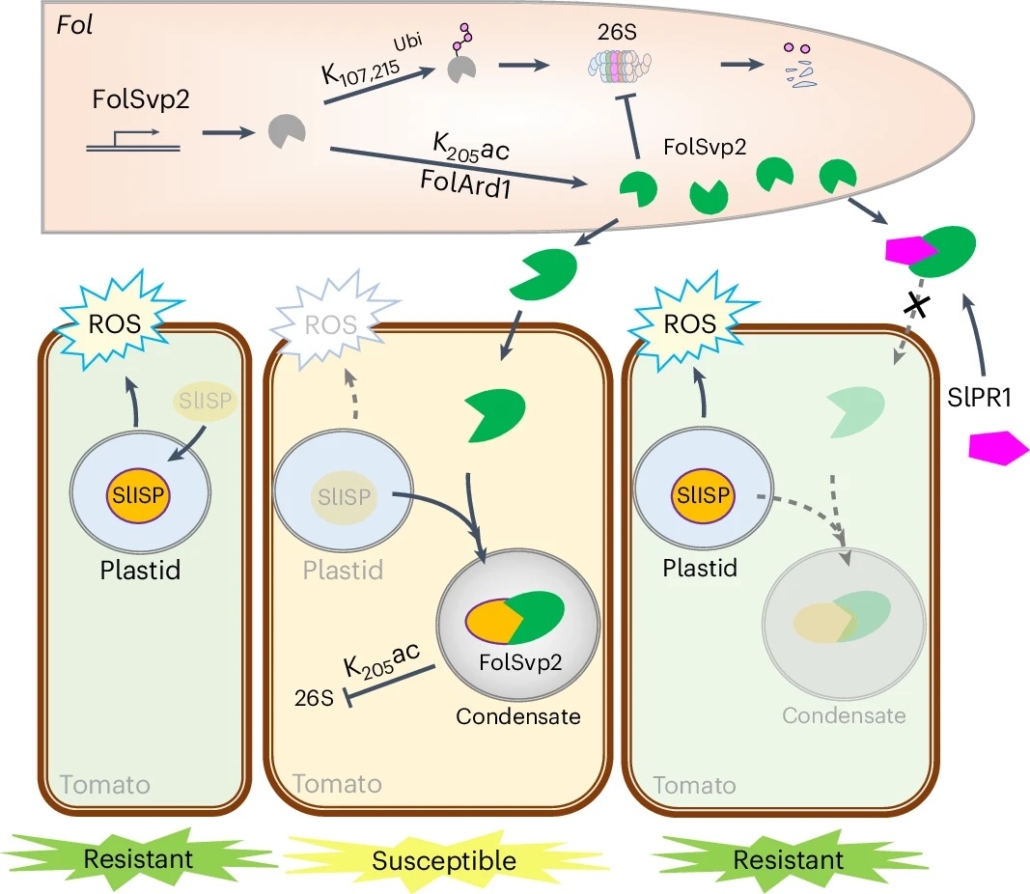
Tomato PR1 protein prevents the fungal effector FolSvp2 from suppressing SlISP-mediated ROS production
Plant Science Research WeeklyPlants and pathogens are locked in a co-evolutionary arms race. Pathogens secrete effectors into plants, leading to effector-triggered susceptibility. Plants in turn respond through the production of reactive oxygen species (ROS) and the expression of defence-related genes to defend themselves, which…
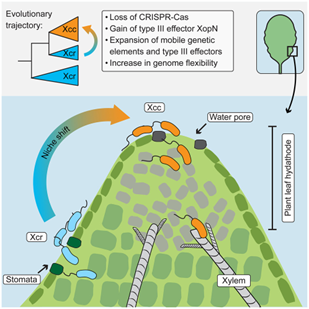
Shaping pathogenicity: How CRISPR-Cas loss fuels Xanthomonas evolution
Plant Science Research WeeklyPathogens have evolved diverse infection strategies governed by virulence factors, often targeting specific host organs or tissues. Genome fluidity plays a crucial role in enabling microbial pathogens to adapt to the dynamic selection pressures imposed by co-evolution with their hosts. In a recent study,…
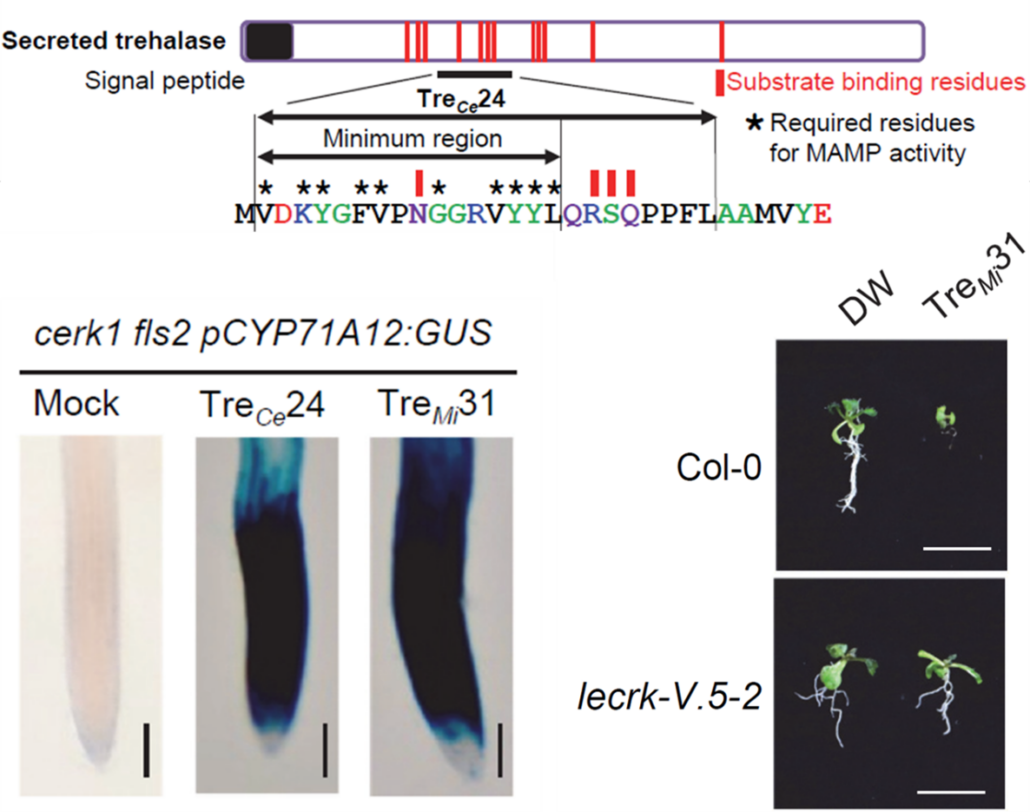
LecRK-V and trehalose-associated immunity: a conserved defense mechanism across kingdoms
Plant Science Research WeeklyMembrane-localized receptor-like kinases (RLKs) are essential for perceiving diverse signaling molecules, including proteins, polysaccharides, hormones, reactive oxygen species, ions, and damage-associated molecular patterns. Among the well-characterized RLKs, FLS2, EFR, and CERK1 are known to recognize…
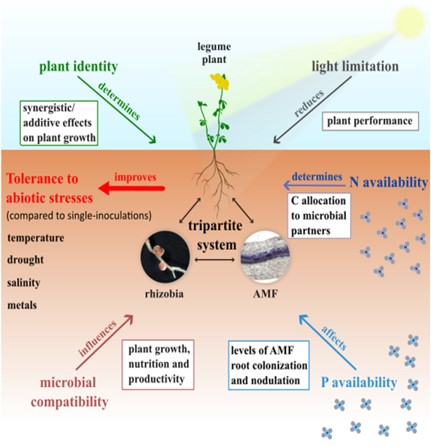
Review. Unraveling plant-microbe interaction dynamics: Insights from the Tripartite Symbiosis Model
Plant Science Research WeeklyPlants naturally interact with a diverse array of microorganisms, which influence their fitness in various ways. However, understanding these plant-microbe interactions and applying the knowledge in real-world agricultural systems has been challenging. Most experimental research focuses on bipartite…
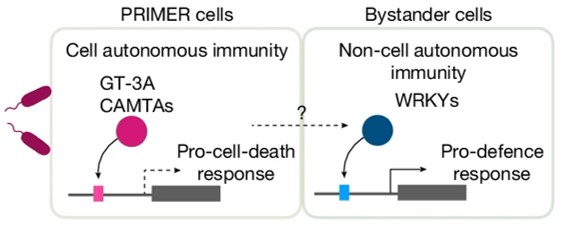
Single cell multiomic analysis of plant immunity reveals PRIMER cells
Plant Science Research WeeklySingle cell mutiomics are radically changing our understanding of pretty much every cellular process. Here, Nobori et al. integrated single-cell transcriptomic, epigenomic and spatial transcriptomic data to investigate plant responses to pathogens. The authors used three different strains of Pseudomonas…
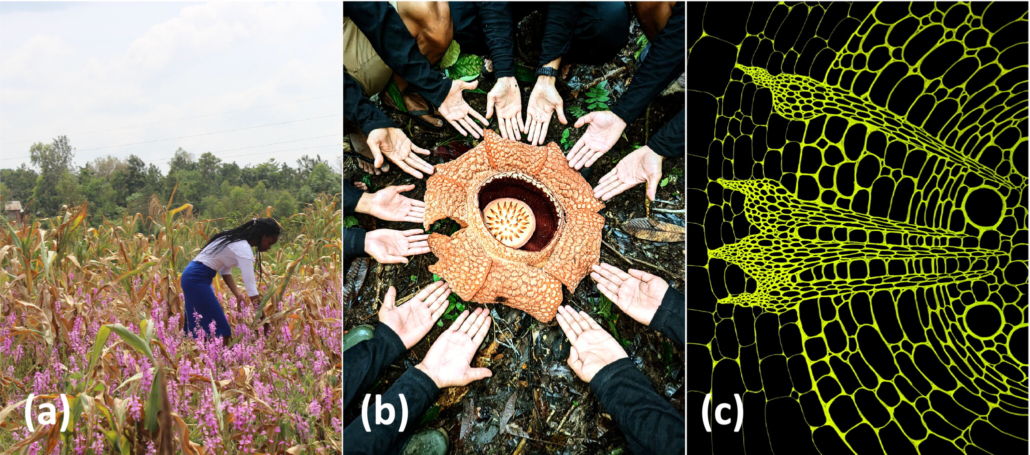
Special issue: Parasitic plants
Plant Science Research Weekly
Special issue: Parasitic plants
Runo, Wicke, and Thorogood have edited a special issue of Plants, People, Planet on the topic of parasitic plants. (Note - the Special Issue will be launched on February 19, but the articles are already online in Early View). It’s nice to see a collection…

Capping your occupancy: programmed cell death as a mechanism to restrict microbial colonization of the root tip
Plant Science Research WeeklyThanks to the continued shedding and renewal of root cap cells, plant roots are able to extend into further reaches within the soil column overcoming physical barriers and potential microbial attacks, or so we assumed. Charura et al. explored the latter hypothesis showing that timely programmed cell…

